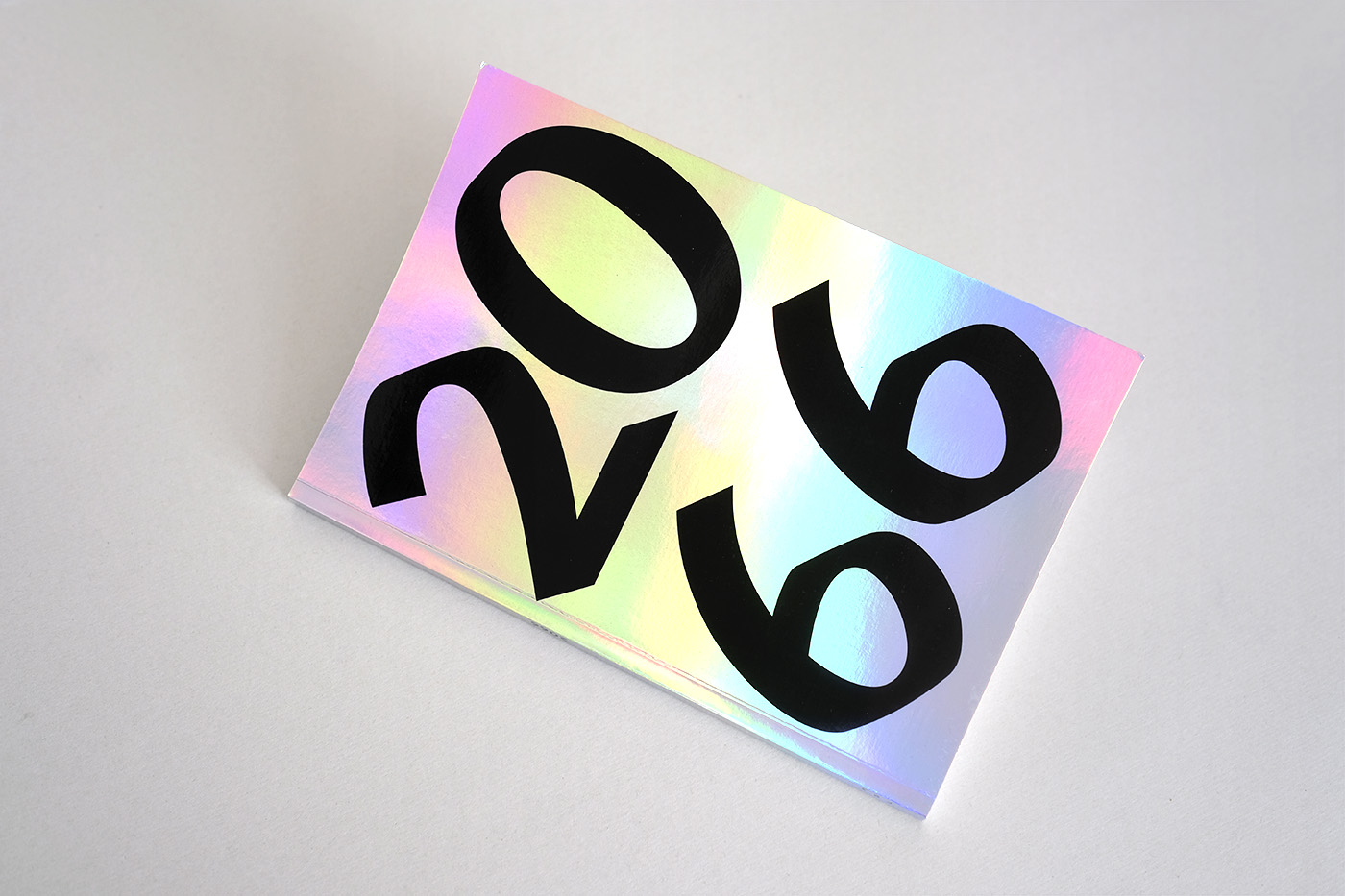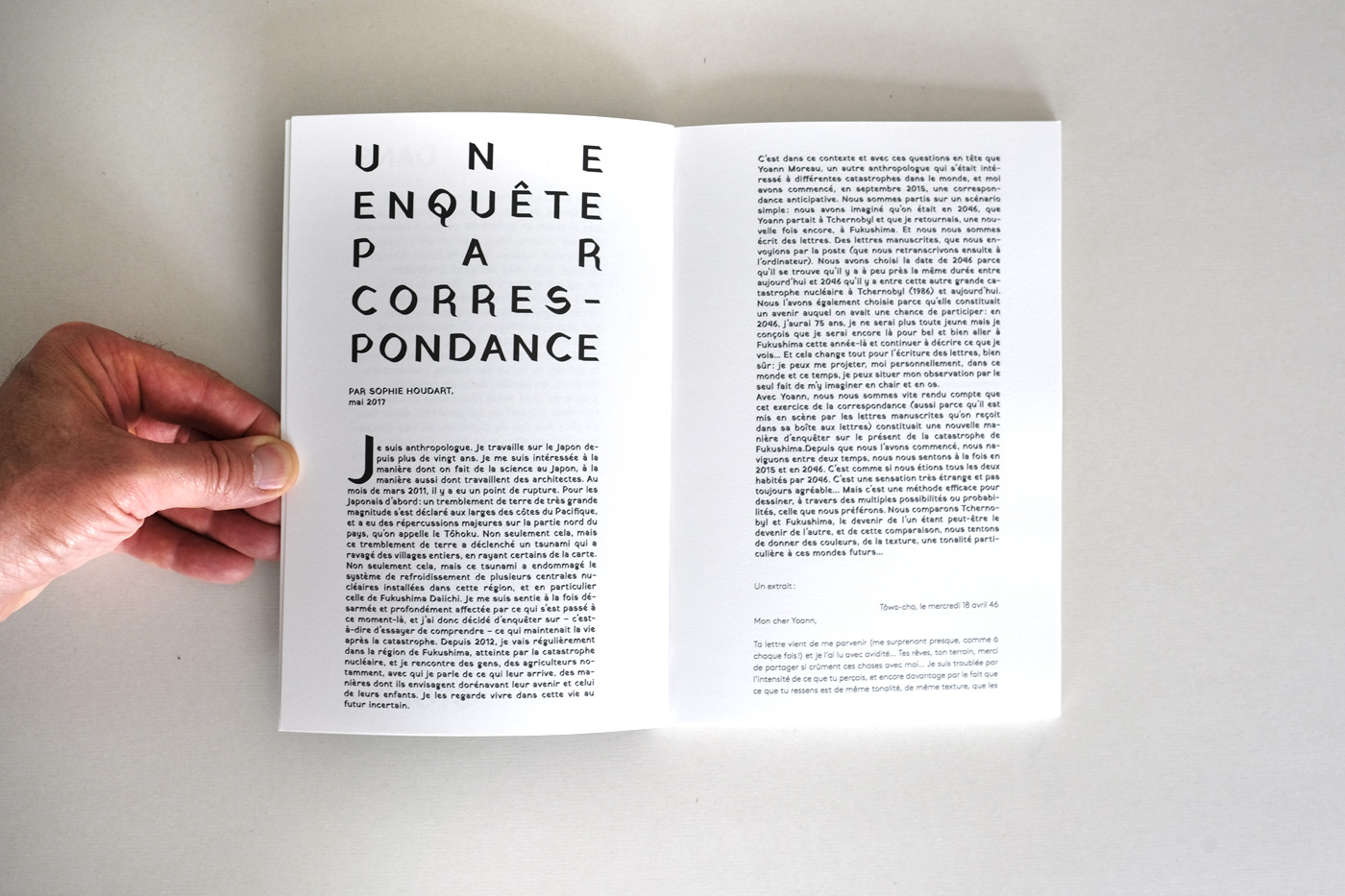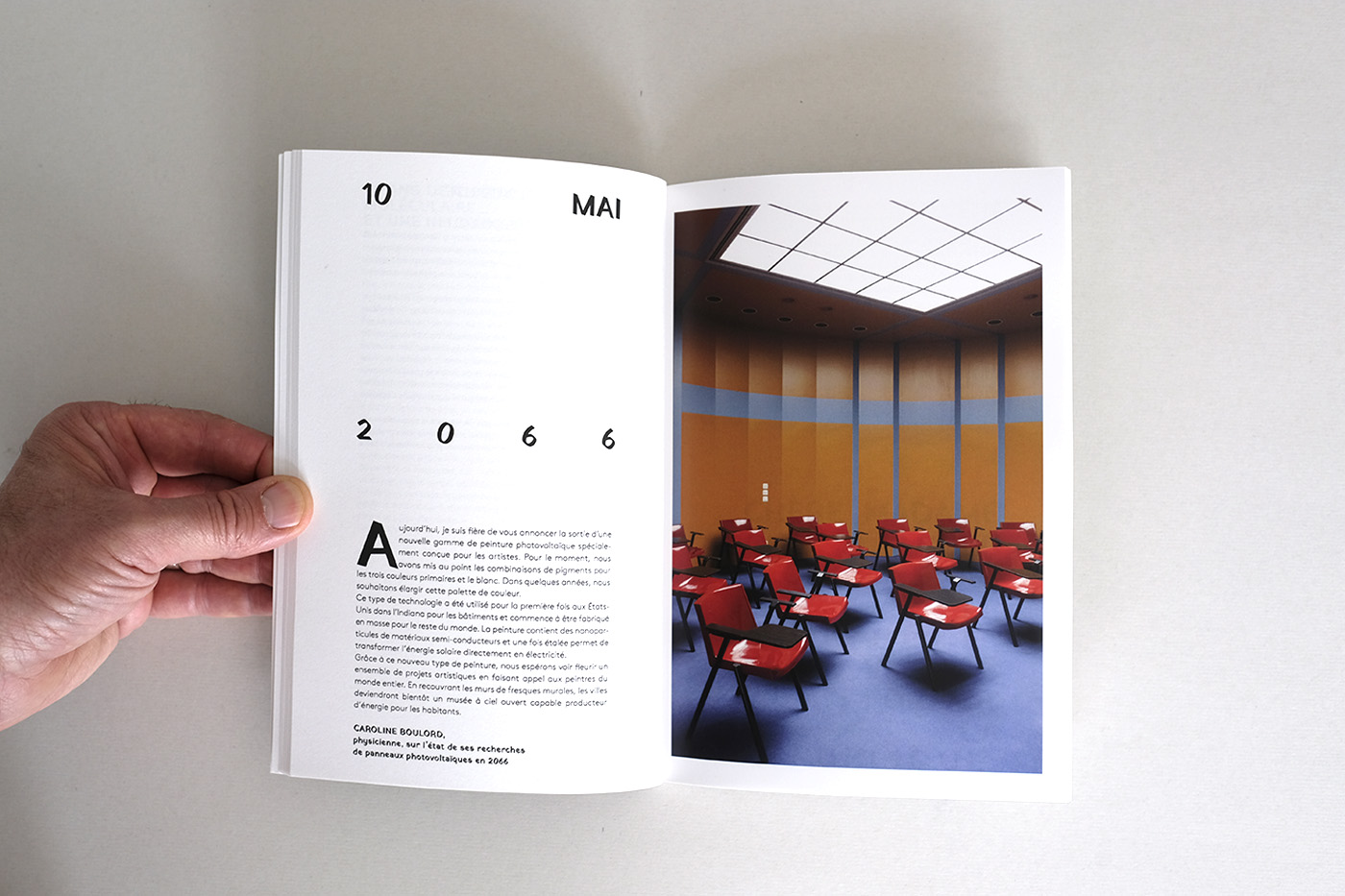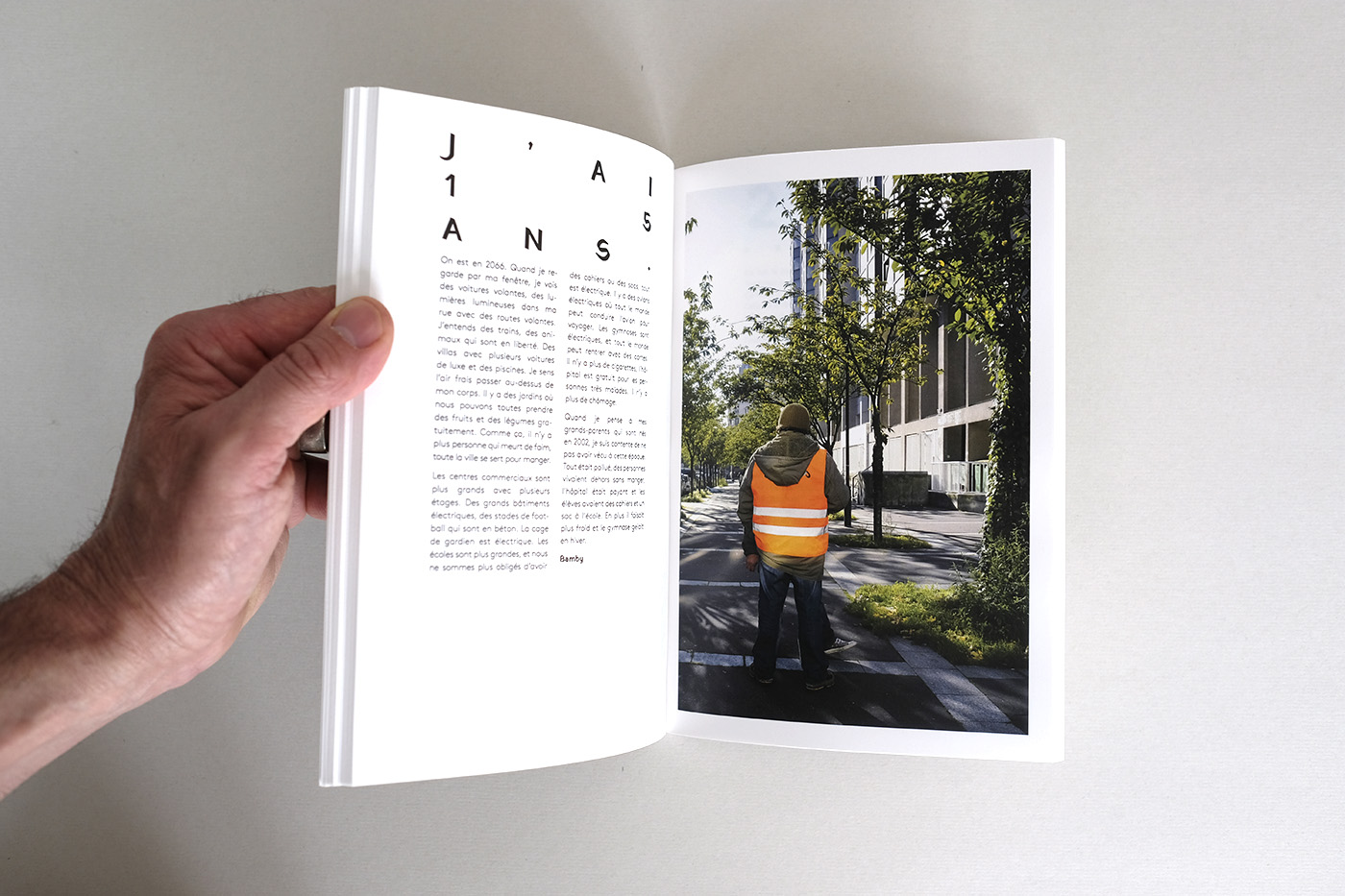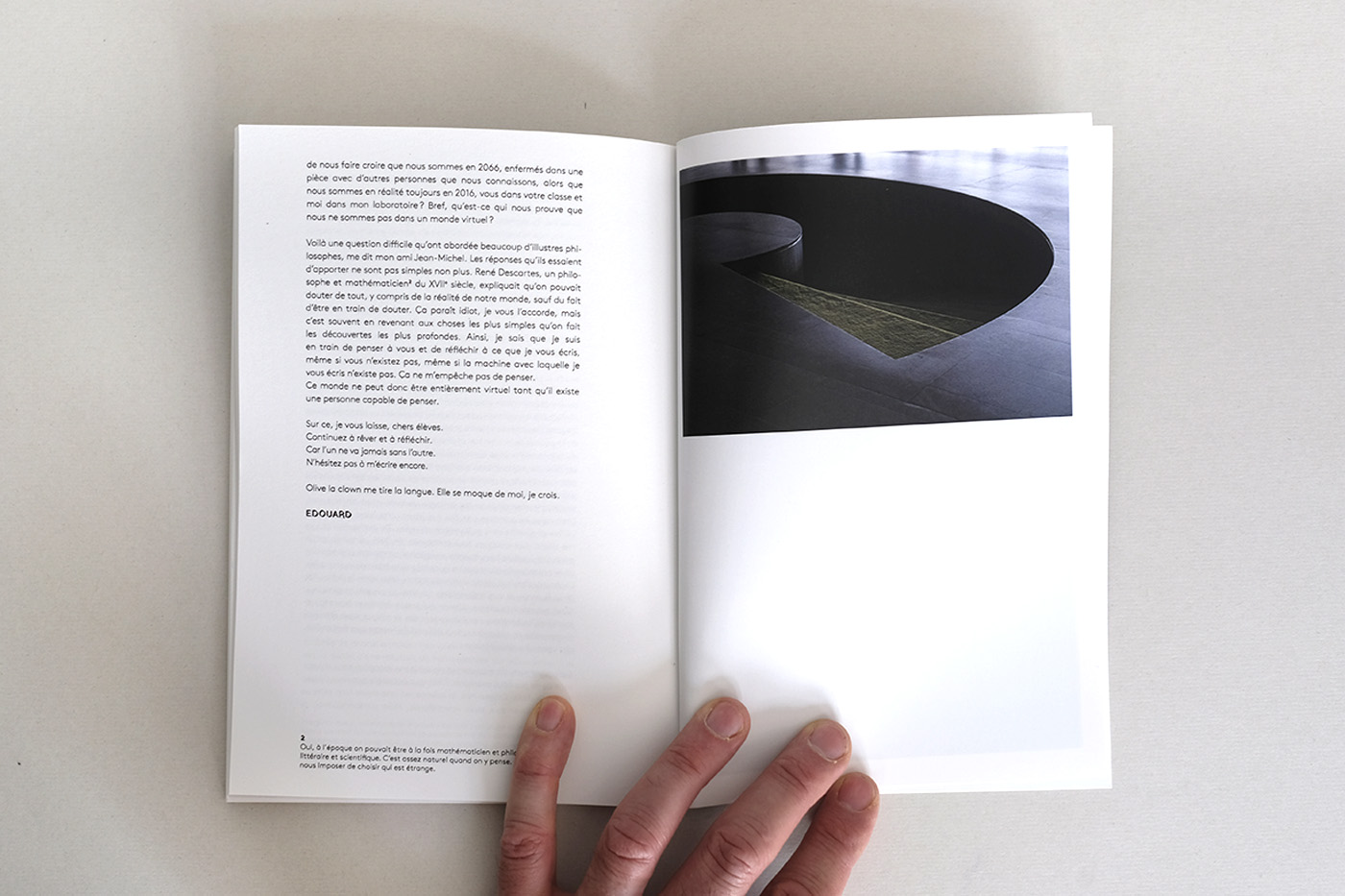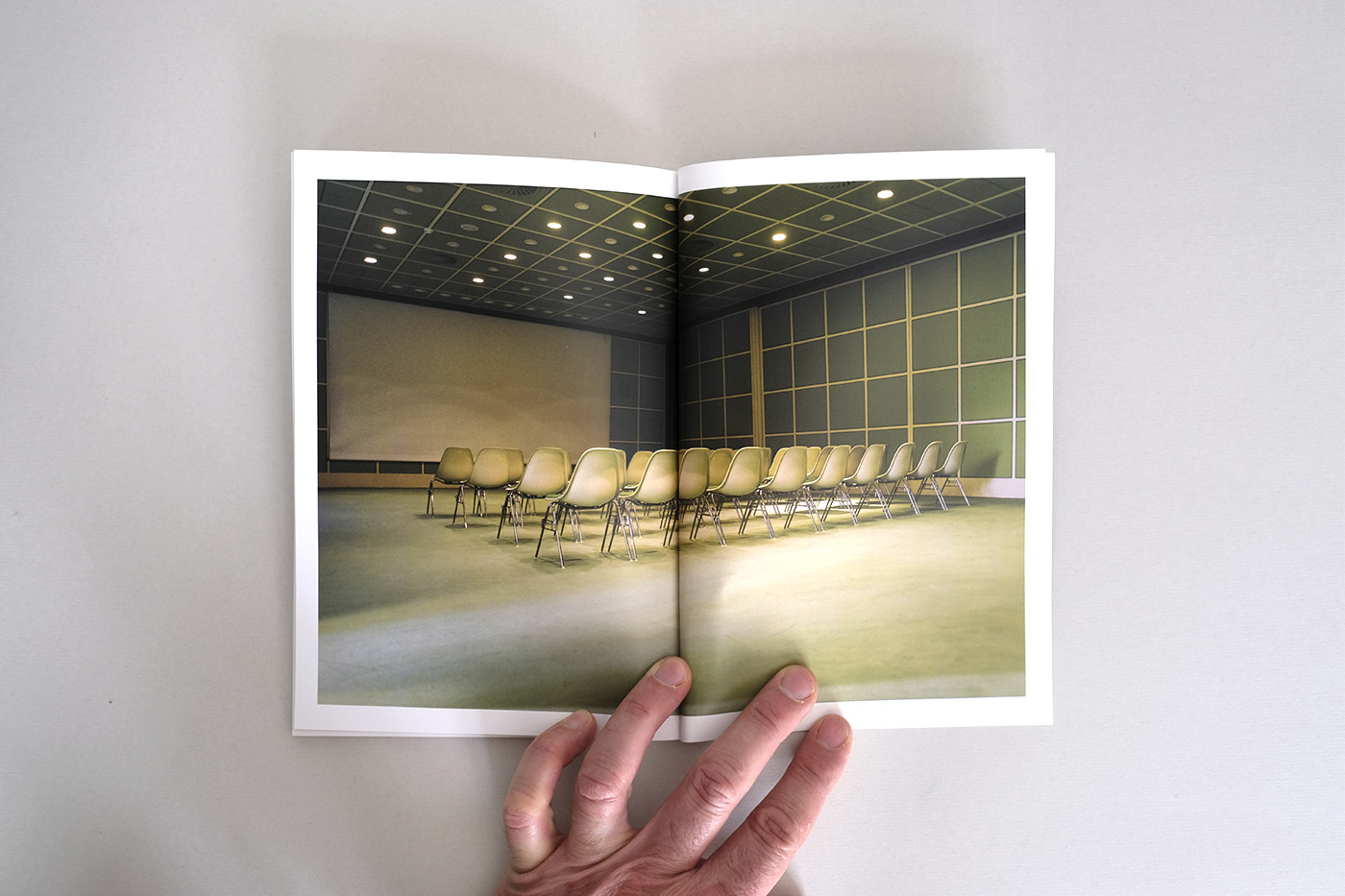- 2025
- 2024
- 2023
- 2022
- 2021
- The Forest System
- 2020
- A place to read
- Counterfactual
- Deep Sleep
- Fixing Sounds
- Ghost Populations
- Grey Matter
- Humanities
- Impôts.gouv
- My Precious One
- OK computer
- One for all
- Perfect Match
- Personal Borders
- Trial by fire
- Unconscious
- 2019
- Anonymous
- Daily science
- Houston 69
- Image and text
- La santé autrement
- Parts and labour
- Playing with fire
- Plu-present
- The art factory
- The legend factory
- The nuclear effect
- Unique every time
- Vertical
- What exactly is happiness?
- striking a chord
- 2018
- Animal images
- Connections
- Current affairs
- Extra space
- Les courts circuits
- Metamorphoses
- Off ground
- Playing with fire
- The Earth quakes
- The life of rays
- The ocean phenomenon
- The scope of cinema
- The struggle continues
- Top model
- Traces
- What is peace?
- 2017
- All about the climate
- Artistic territory
- Cars
- In all probability
- Inner journey
- Letter to a friend
- Planetarium
- Plants and us
- Polyptics
- Poster child
- Propagation of monotony
- Rocks unlimited
- Tour operator
- We, the presidents
- Youth culture
- 2016
- 3D universe
- Art curator
- Bioethics
- Colours
- Community radio
- Different books - digital design
- Different books - paper design
- Hands on
- Images - Mémoires
- In all probability
- Landscapes
- Meteors
- Microscopic
- Mirages
- Pantone Food
- The great outdoors
- The idiots' guide to teenagers
- The night
- There were several of them
- Under the surface
- 2015
- Books otherwise
- By prescription
- Denim
- Feet on the ground
- Intermediate schools in France
- Meteorologists
- Occupation: inventor
- Outdoors
- Sweet treats
- The art of love
- The climate in fiction
- To be completed
- Universal light
- Urban life
- What is today?
- Words and music
- 2014
- Are you modern?
- Aroma research
- Calculating sound
- Digital dreams
- Female landscape
- Hung up
- Infinite at top speed
- Les Grandes Tables
- Life in the laboratory
- Listening to the sacred
- Short trips into the working world
- The age of the earth
- Use and reuse
- Water
- Words and music
- Words and things
- 2013
- Aroma research
- As if by chance
- Behind the screen
- By what right?
- In praise of mixity
- Infinity at top speed
- Listening to the sacred
- Looking at animals
- Mass markets
- Memory
- On promotion
- Once upon a time: Art
- Segami
- Sensitive boundary
- Short trips into the working world
- The French factory
- Truth in sport
- 2012
- A simple movement
- Animalia
- Archigram
- Babel
- By what right ?
- Dinner's served!
- Experience of the world
- Found objects
- Money
- Once upon a time: Art
- Perceptible split
- Phenomena
- Serious games
- Television
- Warmly dressed
- 2011
- Animalia
- Balance of power
- Breathless
- Chemistry year
- Cities and architectures
- Eurêka
- Experience of the world
- Food
- Found objects
- Homepage
- Once upon a time
- Public life
- Television
- Under constraint
- Video games
- Vostok
- What to wear
- 2010
- Chimie en cuisine
- Eurêka
- Evolution
- Jeux vidéo
- La bioéthique
- La richesse - philosophie
- La richesse - sociologie
- Les adolescents - photographie
- Les adolescents - sociologie
- Objets trouvés
- Quel grand Paris?
- Rapprochement des cultures
- Sous contraintes
- Télévision
- Village global
Letter to a friend
Since 2009, the Seine-Saint-Denis County Council has been backing “la Culture et l’Art au Collège (CAC)”. This project is based to a large extent on the presence in class for several weeks (40h) of an artist or scientist whose mission is to engage the students in a process of research and creation.
Tutors: Ingrid Thobois, France Jolly and Emmanuel Viau/ authors
Project manager: Anna Mezey
Objectives:
This is a writing project in which each student is invited to speculate with the others. The story will take place in the year 2046. The work involves inventing a basic story then discussing it with research scientists from various fields and asking them to comment on it.
Workshops:
Speculation
The contributor sets the students several exercises in description so that they begin to imagine the world in 2066: the environment, travel, houses, jobs, games, etc. Using these initial elements, the students then have to give written answers to the following three questions: Where are they? How did they get there? How do they live and what do they live off?
Letters for Tomorrow
The contributor compiles the responses to these questions so that they become micro-stories. Some of the responses are studied in more depth: the students awake after fifty years of sleeping, dreaming and unconsciousness and discover a new world in 2066. Amazingly, they haven’t aged – how is this possible? Did time stand still or had they been cryopreserved? The class identifies scientists that might be able to help them (physicists, philosophers, etc.) and sends them their initial project.
Between Fact and Fiction
The scientists’ replies arrive, and the students try and incorporate them into their stories. A writing workshop is organised to hone the situations evoked; some students develop the storylines (what happens without time, how does technology intervene in people’s lives, etc.) while others refine the characters and their relationships. The students also make use of other sources (internet, newspapers, parents and friends). To conclude, the class tries to organise the various directions taken by the different students into a single narrative.
Outcome:
The three classes’ stories are collected into an 80-page book (format 15 x 22 cm) and 100 copies are published. “Ecology”, “Artificial Intelligence”, “The President of the Republic”, “The Job Market” and “Cryonics” are some of the topics developed. The book includes discussions with scientists and a series of photographs taken by Pierre Antoine.
Acknowledgements:Pierre Boisard, sociologist; Caroline Boulord, physicist; Michel Eddi, engineer, CIRAD; Jean-Claude Dutay, engineer, LSCE/CEA Saclay; Sophie Houdart, anthropologist, CNRS; Édouard Kleinpeter, engineer CNRS; Claire Larroque, philosopher; Philippe Lenouvel, ethologist; Alexis Metzger, geographer.
Outings:
- "Terra Data, nos vies à l'ère du numérique " (“Data World – our lives in the digital era”) exhibition, Cité des sciences et de l’industrie
- " Mutations urbaines, la ville est à nous !" (“Urban Mutations – the city is ours!”) exhibition, Cité des sciences et de l’industrie
- "A Beautiful Planet", La Géode
- Salon du livre et de la Jeunesse (book fair), Montreuil
Participating schools:
- class 4è, collège ROBESPIERRE, EPINAY-SUR-SEINE
- class 4è 3, COLLÈGE PABLO PICASSO, MONTFERMEIL
- class 4è GA, COLLÈGE BERTHELOT, MONTREUIL
Photo: PIERRE ANTOINE
